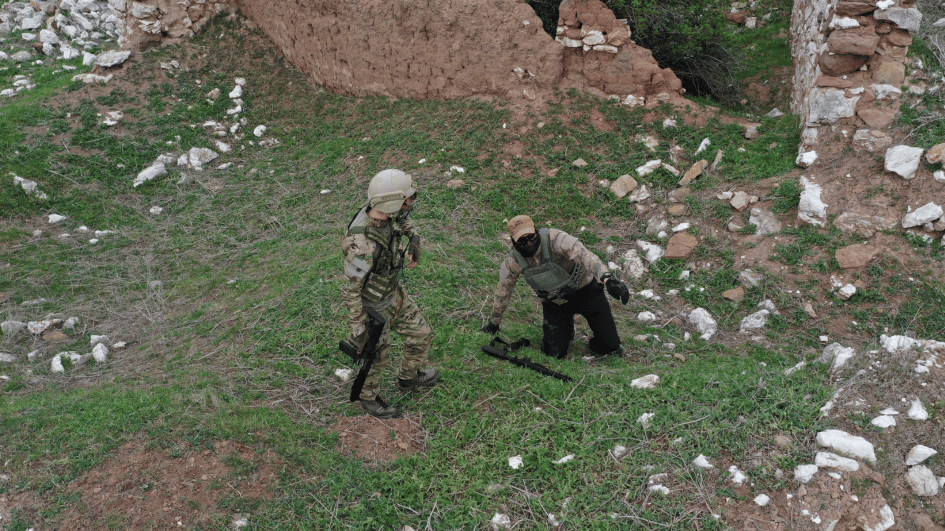Explores ‘Zero Tolerance’ in the art world at a show
ISTANBUL - Hürriyet Daily News
 Şener Özmen may be seen or perceived as one of the most controversial artists in Turkey because of his “bold” creations and the way he chooses to reflect his art. He is living in Diyarbakır and tries to reflect its life and artistic creation. Living in Diyarbakır is like a gift for Özmen; even though the art world believes that being away from the center and in the periphery means being away from the art world, Özmen proves the opposite.
Şener Özmen may be seen or perceived as one of the most controversial artists in Turkey because of his “bold” creations and the way he chooses to reflect his art. He is living in Diyarbakır and tries to reflect its life and artistic creation. Living in Diyarbakır is like a gift for Özmen; even though the art world believes that being away from the center and in the periphery means being away from the art world, Özmen proves the opposite.“Diyarbakır is the center of this region. I think the perception and the understanding of ‘distance’ is a notional approach. Half of my heart lies in Istanbul and half lies in Diyarbakır,” he said.
On the other hand, for an artist like Özmen, being away from the center does not mean being away from Mecca. His latest exhibition at Pilot Gallery proves this very well.
In “Zero Tolerance,” Özmen reveals his thoughts on the art world, how it evolves and how people tolerate or do not tolerate each other.
He also criticizes being an artist and how he is perceived by other people in the art world, particularly in the piece titled “Optic Propaganda.” Özmen likes to use his own appearance in his work, and while this adds humor to his works it also drives the audience to question the artist as a human being. In the photography piece “Optic Propaganda,” Özmen wears a suit designed with poşu (a regional headscarf) patterns, and he is shown as a “leader” - a man giving orders. This is a criticism of the perception of him in the art scene, as many important characters and curators in Istanbul consider him to be eastern Turkey’s art “leader.” While mocking this perception, Özmen also criticizes himself.
Another work at the exhibition, the portrait of an artist as a white rose, is also a work focusing on Özmen himself.

The suit that Özmen created from poşus is related to Joseph Beuys’s work
‘Felt Suit,’ which he created during the 1970s.
“I am a conceptual artist. All the pieces in my exhibition are a part of my conceptual art journey. The suit that I created from poşus is related to Joseph Beuys’s work ‘Felt Suit,’ which he created during the 1970s,” he said.
When Özmen writes: “Museum workers are immortal,” he is referring to all museum workers. “Rather than approach art as an area of expertise, I approach art as a lifestyle,” he said.
According to Özmen, self-criticism is a must, as it helps the artist not repeat him or herself. “Repetition is one of the most important issues in our contemporary art world,” he said.
Artist as writer
Özmen is also a writer. When asked if his writing practice ever affected his artistic creation, he said: “My writing practice and the visual creation may watch each other, or we can say they are in favor of each other.” He is thus keeping both practices in balance.
Özmen’s artistic works reflect his love of writing. The “fake” newspaper that he created is full of mocking news. In it, he once again criticizes the art world and also raises the question of how we read and perceive things. Every single word of the newspaper and its mise-en-page belongs to Özmen, and in this way he proves that he is a versatile artist - a hard thing to achieve in the art world.
















